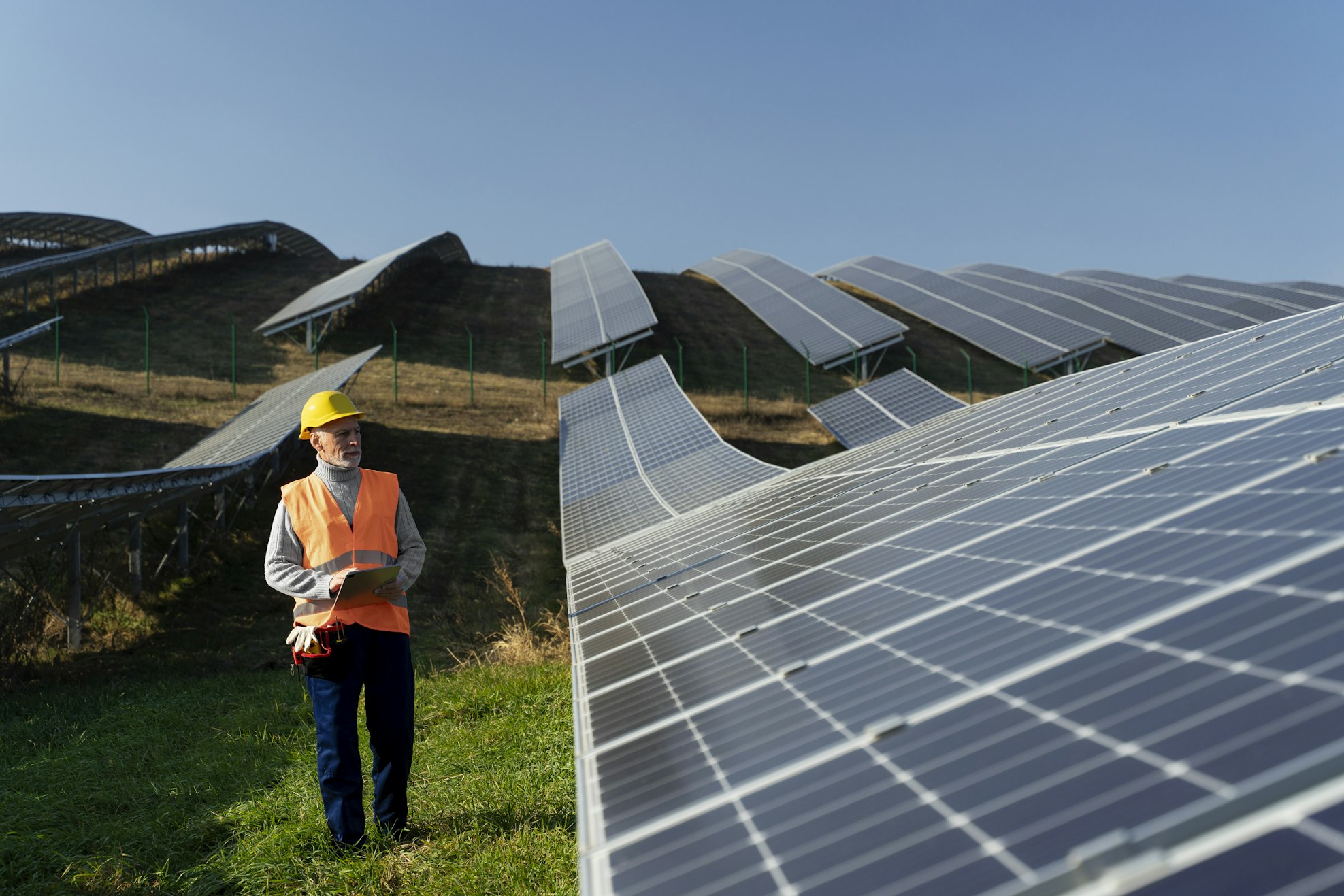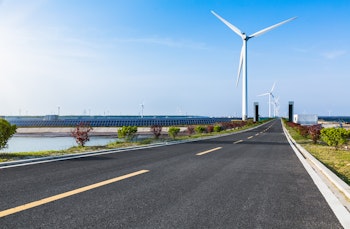Understanding CAPEX and why it’s important for solar PV projects
- Published by
- Reviewed byBernardino Martin
![]()
Bernardino Martin
Bernardino brings over two years of expertise to RatedPower, serving as Product Owner in the Product department. Previously excelling as a Customer Success Manager focusing on diverse markets where he developed a keen understanding of those market needs. Leveraging this experience, he now serves as a dedicated Product Owner, enhancing software solutions. Holding a Degree in Energy Engineering and a Master's in Industrial Engineering, Bernardino seamlessly combines technical prowess with a customer-centric approach, contributing to the ongoing innovation and advancement of renewable energy solutions.
13 Mar, 24

How solar software delivers ROI
Learn how utility-scale solar software is driving the evolution of this industry. This ebook, created together with our colleagues at Enverus, will take you on a journey of understanding the immense value that solar software brings to the table.

Take a deeper look into what CAPEX is how it is used in the planning and design of solar PV projects
What is CAPEX?
Definition of CAPEX: Capital Expenditure (CAPEX) refers to the funds used by a company to acquire, upgrade, and maintain physical assets. These assets can range from buildings and land to equipment like computers or even intangible assets like patents.
Unlike usual expenses that are immediately recorded on a company's income statement, CAPEX is recorded on the balance sheet because it represents an investment in the future of the business. Additionally, the expected lifespan of the asset being acquired must also be considered. If a purchase has a useful life of less than one year, like office supplies or routine maintenance costs, it must be expensed immediately and cannot be counted as CAPEX.
One way that this regularly plays out is when a business launches new projects or expands existing ones. For example, if a solar company decides to build a new PV plant to generate power, these upfront equipment and construction costs would be classified as CAPEX The underlying principle is that these costs will provide benefits over an extended period of time rather than just within the accounting year they were incurred.
The long-term nature of these kinds of investments means that they depreciate gradually over time — a process referred to as capitalizing an asset. This approach allows businesses to spread out large upfront costs across several years, both making the investment easier to fund and aligning it more accurately with how these assets contribute value over time.
Why is CAPEX important for Solar projects?
Understanding the concept of CAPEX is important not just for business owners or financial officers, but also for investors and financial analysts. The reason for this is that despite CAPEX not appearing on an income statement, one of the main documents scrutinized by people who are interested in a company’s financial health, it can significantly influence a company’s cash flow.
Consider that capital expenditures are usually significant investments made by companies to either maintain their existing assets or facilitate new growth. This could include anything from purchasing new equipment to investing in research and development. These expenses have a direct impact on both short-term operations and long-term strategic planning.
Industries like solar often incur high CapEx as most of the costs come during construction (for example, buying the main equipment and doing the civil works). On the other hand, solar projects are then cheap to operate over their 20+ year lifetime (for example, land lease and operation of the asset), so they have a low OpEx. CapEx is funded with upfront financing, while OpEx is funded through ongoing revenues. As these costs reflect an investment that depreciates gradually rather than an immediate expense, they can cause considerable changes in a firm’s balance sheet, but not its income statement.
When dealing with investors, companies will often strive to match their CAPEX spending year-on-year. This kind of consistency is important as it sends a message to both shareholders and potential investors that the company is still viable and has both realistic and sustainable plans for future growth.
Additionally, how wisely a company invests its CAPEX can be a strong indicator of its overall fiscal responsibility. This is another key area that savvy investors will evaluate before making an investment in a business.
How to calculate CAPEX
All the data that a company needs to calculate its CAPEX can be found in its cash flow statement. This is a financial document that details a company’s operating, investing, and financing activities.
The first step of calculating CAPEX involves locating the depreciation and amortization figures of your company's operating activities. Depreciation refers to how much value an asset loses over time due to things like wear and tear or becoming obsolete, while amortization applies similar principles to intangible assets like patents or trademarks. You then need to find the details about Property, Plant & Equipment (PP&E) from two periods: current period PP&E and prior period PP&E.
With these figures at hand, punch them into this formula:
CAPEX = PP&E (current period) – PP&E (prior period) + Depreciation (current period)
This equation will give you a "net" CAPEX number because it takes into account any disposals of property plant and equipment during that particular accounting period, along with new acquisitions that are reflected in depreciation numbers from the cash flow statement.

CAPEX vs. OPEX for PV Projects
Understanding the difference between CAPEX and operating expenses (OPEX) is an important part of financial planning and management. While both types of expenditures play a key role in a company’s financial health, they are fundamentally different.
Starting with CAPEX, these are large-scale projects that have a significant impact on the wider company and its long-term standing and finances. For example, at the beginning of a solar project, a company may need to buy things like solar panels, inverters, mounting systems, and storage equipment. Given that these items are ones that will provide value over an extended period of time, they are capitalized on a balance sheet.
On the other hand, OPEX refers to the costs that are associated with the running of day-to-day operations within your business. That same solar company may need to pay for things like rent, utilities, insurance, employee salaries and benefits, administration, and a whole host of other costs. These kinds of expenses are short-term and recur more frequently than CAPEX investments. They are often daily, weekly, or monthly expenses, and this makes them more predictable for budgeting purposes.
The tax treatment also differs for CAPEX and OPEX, although this varies by jurisdiction. Generally speaking, while operating expenses can be fully deducted from taxable income in the year they occur, reducing your immediate tax burden in the process, capital expenditures cannot be directly written off against tax revenues. Instead, their cost is spread out over time through depreciation, allowing you to gradually reduce your taxable income.
Let's illustrate this with an example: If a solar company invests in a new project or repowers its existing PV plant with new modules for its existing solar farm (a CAPEX), these investments become assets that will slowly depreciate while generating renewable energy. However, the regular cleaning and maintenance of these solar panels would represent OPEX. These costs are required for maintaining ongoing operational efficiency, but they don't contribute to long-lasting value as the initial investment in the assets does.

Design utility-scale solar at lightning speed
Related glossary posts
Searching results
Related posts
Searching results


